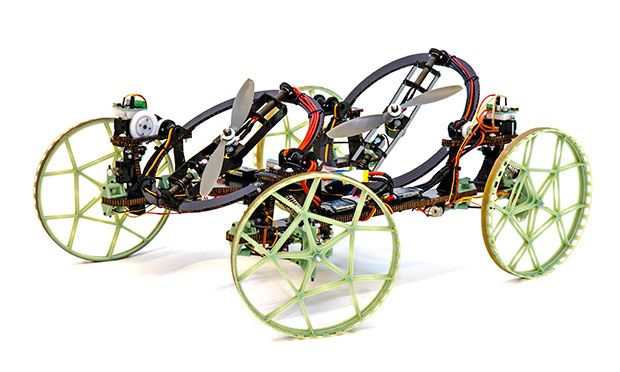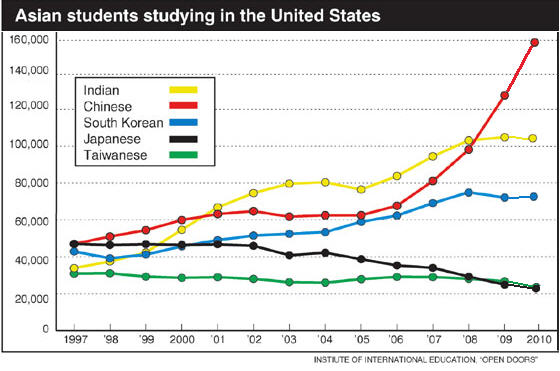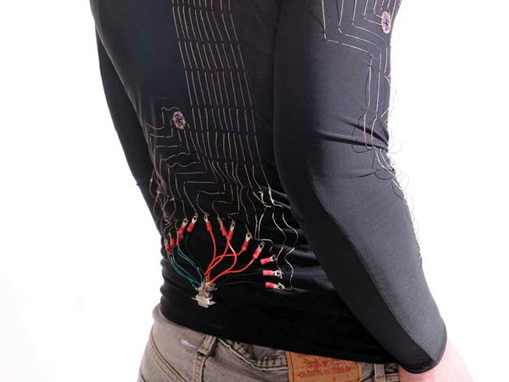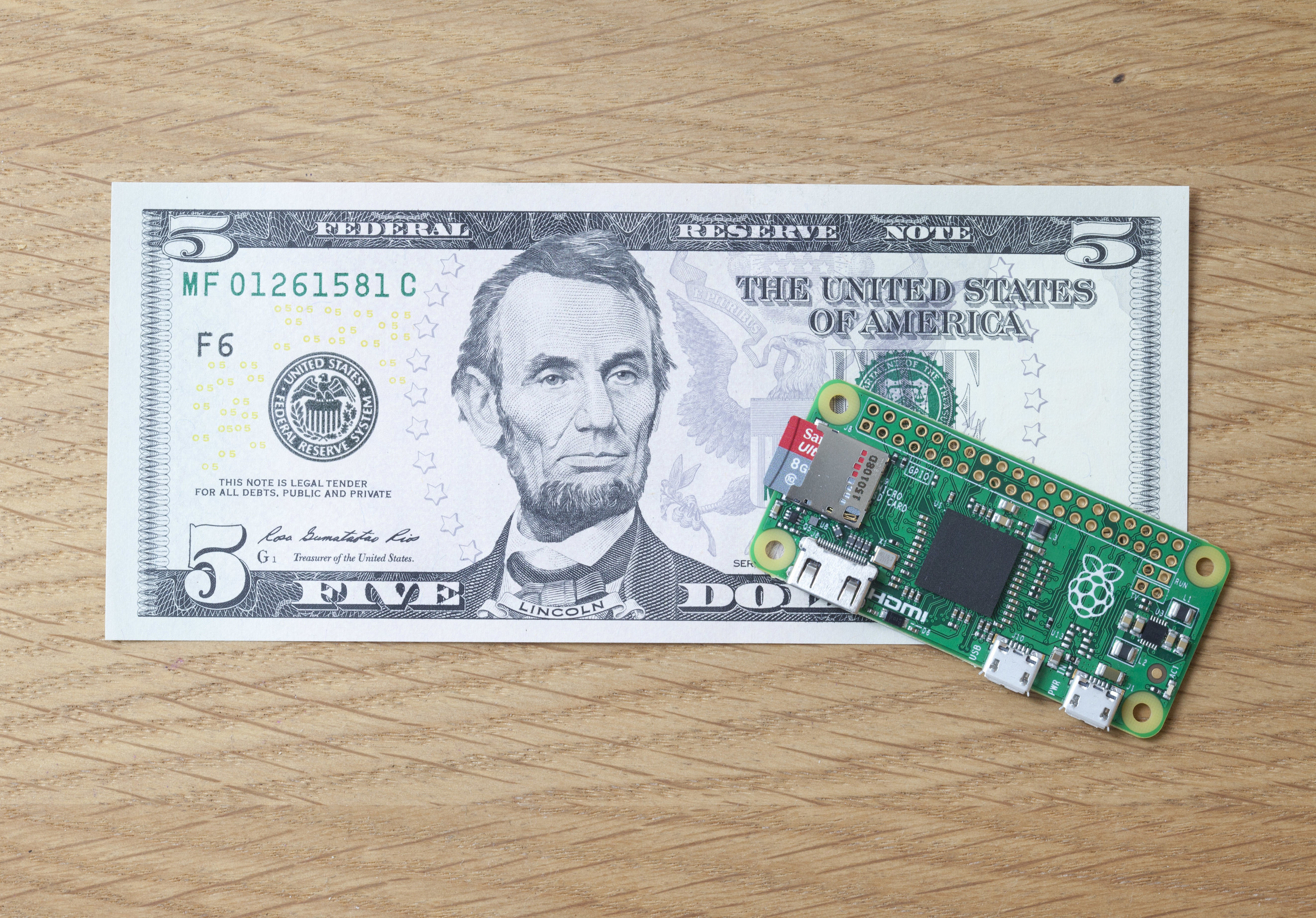| New literacies have many functions in schools and learning, but science and mathematics education are among the contexts where their full potential has yet to be explored. This book both illustrates and critically analyzes the practice of blogging and its possibilities for fostering different ways of communicating, interacting, learning, and thinking in these subjects. Grounded in empirical data gathered from teachers and students using blogs in a variety of contexts, the book examines which specific uses of blogging can be most conducive to transforming science and mathematics classrooms into places that are more equitable and just - places that invite and nurture new, more social, comprehensive, and authentic forms of participation and learning. Source: http://www.amazon.com/Blogging-Change-Transforming-Literacies-Epistemologies/dp/1433105594/ref=sr_1_8?s=books&ie=UTF8&qid=1451318588&sr=1-8&keywords=blogging+for+education |



























